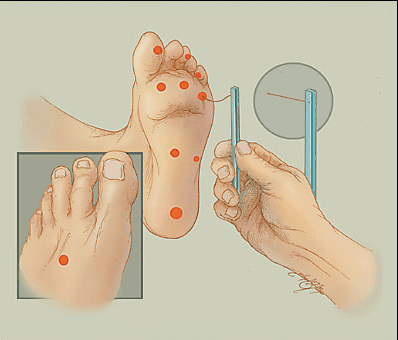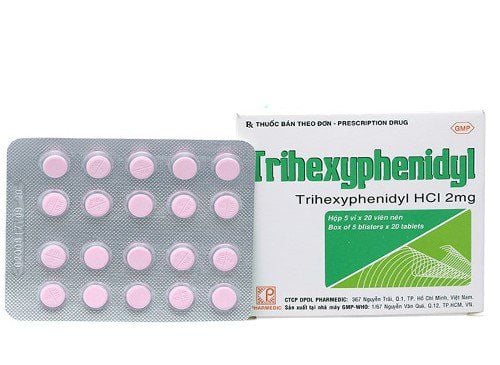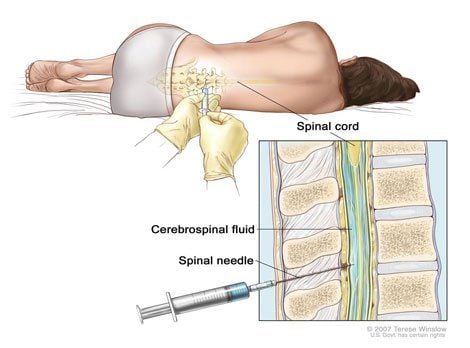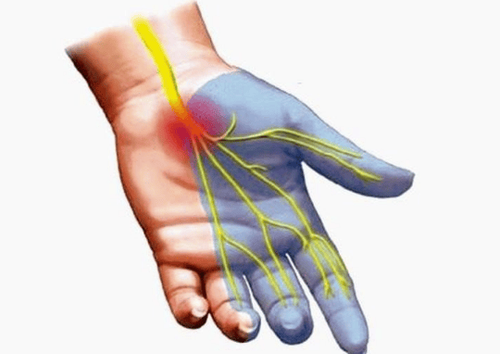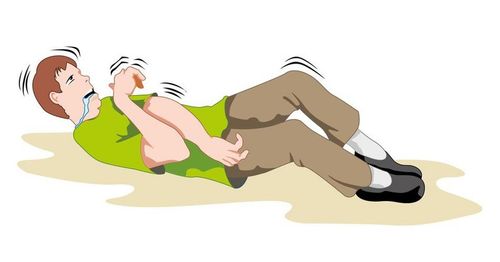This is an automatically translated article.
Neurosensory examination is the indicated method in cases where it is necessary to determine whether the patient has a sensory disorder or not, thereby proposing the most effective and active treatment plan.1. Why do we have to examine sensations?
Thanks to the sensory system, humans can receive information from the external and internal environment of the body. Normally, people divide sensations into:
Somatic sensations: Including superficial sensations (touch, pain, hot and cold sensations) and deep sensations (feeling in bones and joints); Special senses: Called the senses including sight, hearing, smell, taste. The purposes of neurosensory examination are to:
Determine if the patient has a sensory disturbance; If yes, where does the patient experience sensory disturbances; What type of sensory disturbance: Shallow, deep or complex; Sensory disturbance type: Increased, decreased, paresthesia or dysesthesia.
2. Neurosensory Examination
2.1 Regulations when examining sensation The doctor needs to explain before performing the technique so that the patient is reassured and ready to cooperate. During examination, the patient always closes his eyes; Stimuli, especially painful stimuli, need to be gentle but sufficient to obtain the required results; To ensure objectivity when examining sensations, doctors should avoid suggestive questions and should let the patient say what he or she feels; Doctors need to pay attention to characteristics such as age, gender, ethnicity, cultural background, ... of each patient that can affect the acquisition and answering of questions; Sensory examination from the least sensitive area to the most sensitive area; Always examine both sides symmetrically to compare the change of sensation, compare with the location of the lesion, monitor the progression of the disease to make accurate conclusions.
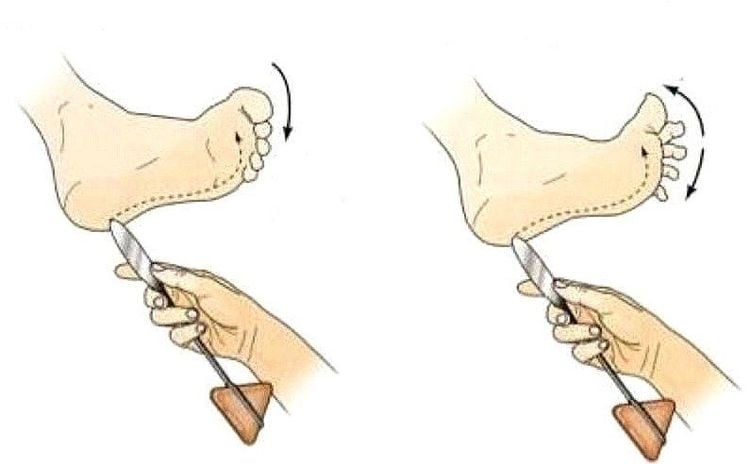
Người bệnh cần được khám đối xứng 2 bên trong quá trình khám cảm giác thần kinh
2.2 How to examine subjective sensations Ask the patient if the following symptoms are present:
Pain: Time of pain, circumstances in which pain occurs, nature of pain (dull, intense, aching or painful) glare,...), degree of progression (constant or episodic pain, pain diminishing or worsening, response to analgesics,...); Paresthesias: The patient feels numb, electric shock, crawling,... The location of these symptoms may correspond to the area of the skin that is innervated by the roots and nerves. 2.3 Objective sensory examination Shallow sensory examination
Coarse tactile sensation: The doctor touches the patient's skin with a marker, piece of paper or finger from top to bottom, left to right with the same degree. At the same time, ask the patient to respond to how they feel about the intensity, nature, and location of the stimulus. When there is a sensory disorder, the patient often responds incorrectly or even does not recognize the tactile sensations on the body (in severe cases). At this time, the doctor can increase the intensity of stimulation to accurately assess the extent of the damage; Superficial pain: The doctor uses a non-sharp needle to gently prick the patient's skin to cause pain, thereby detecting abnormalities in the patient's pain perception. Hyperesthesia (patients have a lot of pain even with mild stimulation) should be distinguished from dysesthesia (patients feel pain when strongly stimulated but have stronger pain than normal people); Sensation of heat: Normal human skin can clearly distinguish a temperature difference of 5 degrees Celsius from body temperature. When examining neurosensory, the doctor uses 2 test tubes, 1 tube containing cool water of 20 degrees Celsius and one tube containing warm water of 40 degrees Celsius, applied to the patient's skin in different areas. However, depending on the person and the body area, the perception of heat will be different. Specifically, hands and feet have better cold tolerance than armpits and groin. Therefore, when examining heat sensation, it is necessary to compare the two sides of the same area with each other; Subtle tactile sensation (feeling when drawing pictures on the skin): An examination method that complements the above forms of examination. The doctor may write letters, numbers, or draw on the skin, asking the patient to see if they recognize letters, numbers, or shapes.
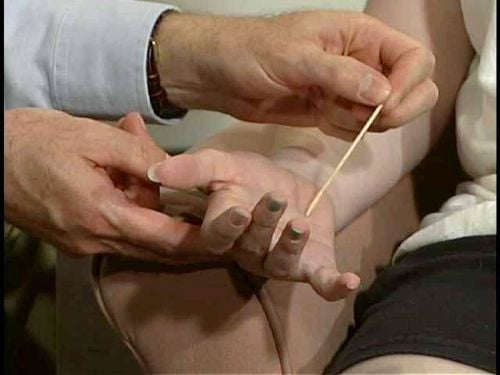
Khám cảm giác khách quan giúp bác sĩ đánh giá tình trạng tổn thương của người bệnh
Deep sensory examination
Postural position sensation: The patient closes his eyes, relaxes his limbs, the doctor will gently move each limb, put it in different positions, then ask the patient to answer The limb is moved in any direction or ask the patient to leave the remaining limb in the same position as the previous limb. Alternatively, the doctor may also ask the patient to close their eyes, place one of their fingers in a certain position, and then ask the patient to place the finger of the same name in the other hand in the same position; Vibration sensation: The doctor uses a tuning fork with a frequency of 256 oscillations/minute, knocks the tuning fork, and places the handle on the last segment of the big toe, the tip of the tibia, the lateral ankle, the iliac crest, the elbow, and the neck. hands,... on both sides, ask the patient to answer whether there is vibration or not; Feeling of pressure (sense of pressure): The doctor squeezes the muscles in the limbs, evaluates how much pressure the patient feels to feel pain. In addition, the doctor can press on the larynx, eyeball, area above the navel, testicles, ... to assess how much pain the patient feels; Coordinating Sensory Examination
Coordinating Sensory Examination is performed only in patients with intact sensory pathways, complete knowledge, and normal language function.
When examining sensory coordination, the doctor lets the patient recognize objects. It is necessary to examine both the right and left hands in turn, using objects that do not have a particular smell, do not emit sounds so that the patient cannot answer by smell or sound.
Primary examination: Put any object in the patient's palm, ask the patient about its shape, surface, light or heavy weight; Advanced examination: Put in the palm of the patient's hand a common everyday object such as a pen, a key, ... so that the patient can say the name of the object.
2.4 Evaluation of Examination Results After the neurosensory examination is completed, the physician can assess whether the patient has normal sensation or has a sensory disturbance. There are 4 common types of sensory disturbances:
Decrease and loss of sensation: It is a manifestation of nerve damage, may occur partial or complete disturbance of sensation due to diseases of the pulp such as acute myelitis, medullary arachnoiditis,...; Hyperesthesia: It is a manifestation of nerve root irritation, nerves due to central or peripheral damage. The patient has an excessive increase in pain sensation on examination; Sensory dissociation: It is a manifestation of damage to different types of sensations, unequal or disordered in only one type of sensation, other than normal. There are 2 types of sensory dissociation, including: Tabès dissociation caused by syphilis of the nervous system: The patient loses deep sensation, but superficial sensation; Spinal hollow dissociation: The patient loses pain, heat and cold sensations, but has gross tactile sensation. Paresthesia: The patient has an unpleasant, unusual and difficult to describe subjective sensory disorder. When performing neurosensory examination, the patient should strictly follow the doctor's instructions, answer exactly according to his or her feelings so that the doctor can accurately diagnose the problem the patient is having and have a plan. appropriate therapeutic interventions.
Please dial HOTLINE for more information or register for an appointment HERE. Download MyVinmec app to make appointments faster and to manage your bookings easily.




